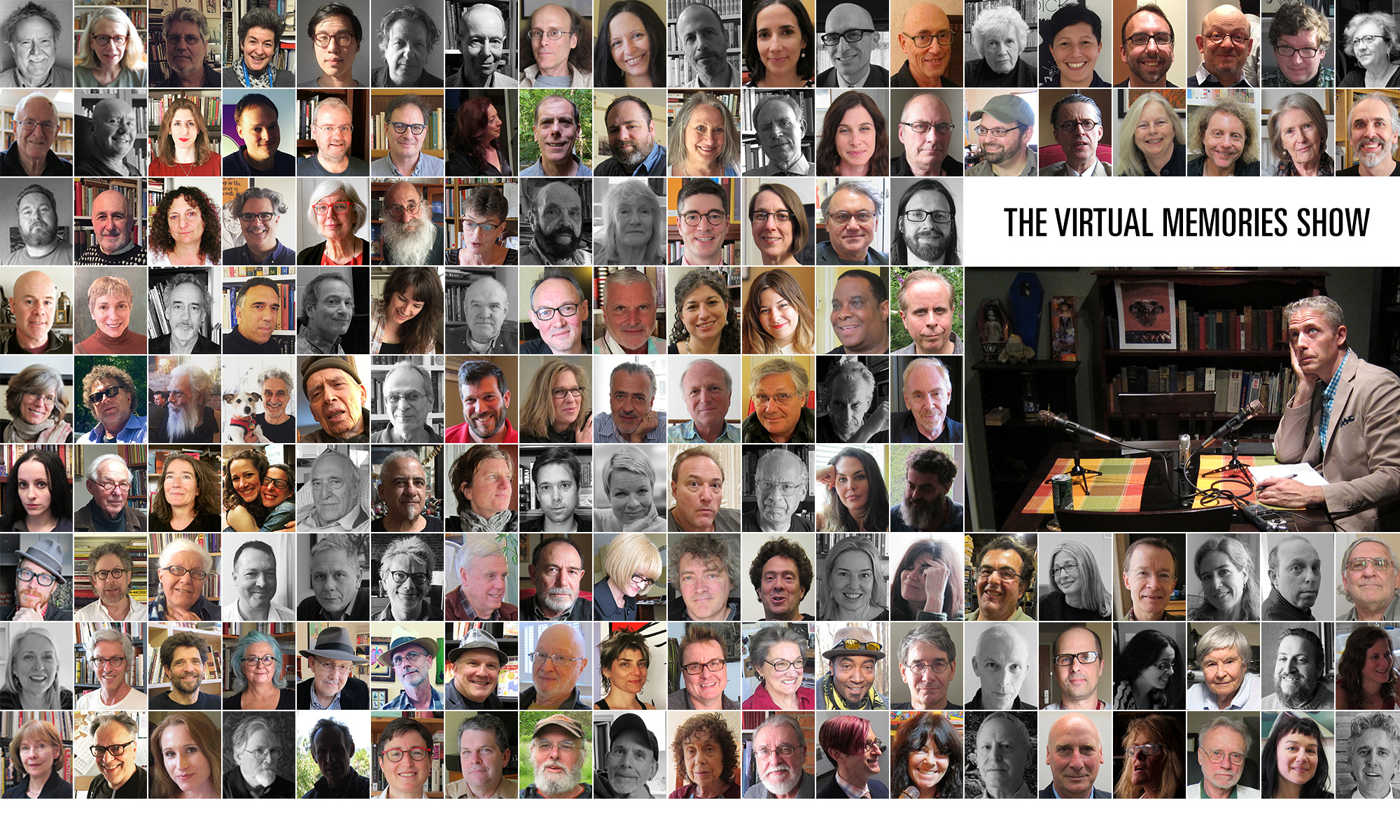Stories that have been sitting in my RSS feed this week:
Tim Cavanaugh of Reason magazine muses on the 40th anniversary of Star Trek:
And finally, [Star Trek is] a story of a powerful belief in what the franchise represents: the right of individuals, through machinery, weaponry, or barehanded intelligence, to live, be free, and pursue happiness, no matter how horrific the results (and we can all agree that Robert Wise’s Star Trek: The Motion Picture was as slow and agonizing as any torture devised on that evil Enterprise from the “Mirror, Mirror†episode in which Spock has a beard). Put all these ingredients together and it’s clear: Star Trek is the story of America.
* * *
Mary Worth and Nothingness
* * *
Tom Spurgeon interviews Sammy Harkham, the only “young” cartoonist whose work I’ve started to follow. I have an unfinished post from earlier this summer, about the MoCCA comics festival in NYC. The post was all about my realization that I’ve become a boring old fart, because I couldn’t think of any cartoonists whose work I discovered in the last five to eight years. Fortunately, I picked up one of Sammy’s comics then, and found a small book of his a few weeks later that impressed me.
Sammy edits an anthology called Kramer’s Ergot, and the interview discusses the process of putting the most recent edition together. As ever, I find this stuff fascinating, but you may not.
* * *
George Will reviews a 9/11 novel that doesn’t sound very interesting to me, but that’s because the 9/11 novel I published tanked:
Messud’s Manhattan story revolves around two women and a gay man who met as classmates at Brown University and who, as they turn 30 in 2001, vaguely yearn to do something “important” and “serious.” Vagueness — lack of definition — is their defining characteristic. Which may be because — or perhaps why — all three are in the media. All are earnest auditors and aspiring improvers of the nation’s sensibility.
Uh, yeah.
* * *
BLDGBLOG interviews author Jeff VanderMeer about the intersection of architecture and the novel.
As a novelist who is uninterested in replicating “reality” but who is interested in plausibility and verisimilitude, I look for the organizing principles of real cities and for the kinds of bizarre juxtapositions that occur within them. Then I take what I need to be consistent with whatever fantastical city I’m creating. For example, there is a layering effect in many great cities. You don’t just see one style or period of architecture. You might also see planning in one section of a city and utter chaos in another. The lesson behind seeing a modern skyscraper next to a 17th-century cathedral is one that many fabulists do not internalize and, as a result, their settings are too homogenous.
Of course, that kind of layering will work for some readers — and other readers will want continuity. Even if they live in a place like that — a baroque, layered, very busy, confused place — even if, say, they’re holding the novel as they walk down the street in London [laughter] — they just don’t get it.
* * *
Times UK restaurant reviewer Giles Coren visited Croatia for a column:
The language is called Croatian these days, except in Serbia, where it is called Serbian, and it hasn’t got any easier. Chapter two of my Teach Yourself Croatian book was about counting to ten, and gently explained as follows: “The number one behaves like an adjective and its ending changes according to the word which follows. The number two has different forms when it refers to masculine and neuter nouns than when it refers to feminine nouns, and is followed always by words in the genitive singular, as are the words for ‘three’ and ‘four’. The numbers 5-20, however, are followed by words in the genitive plural. . .”
This is why you never see Croatians in groups of more than one or less than five in a bar. Because it isn’t actually possible to order the right number of beers.
* * *
Official VM buddy Jecca reviews the second issue of Martha Stewart’s Blueprint (which, as I type it, sounds like something she came up with while she was in the joint, a la that Prison Break show).
* * *
Gorgeous pictures of the world’s greatest libraries. There’s a book about it.



